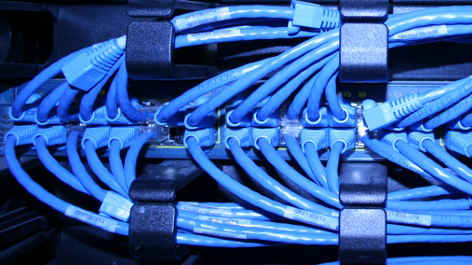It is the end of the IPv4 world as we know it — but we have been very good at forestalling ‘IPmageddon’.
According to Akamai’s Q4 2015 State of the Internet Connectivity Report, the shortage of IPv4 addresses has not spurred a broad-scale exodus to IPv6. Instead, it has encouraged savvier IPv4 management efforts on the part of organisations and ISPs.
Where there has been significant IPv6 uptake is on the leading and bleeding edges — mainly in the newly created network infrastructure for wireless networks and forthcoming Internet of Things (IoT) projects.
Counting down from zero
On a global level, the number of IPv4 addresses went up slightly — a little less than 1% — over the course of 2015. But the picture varies a great deal by country.
The United States lost 5.4% of its IPv4 unique address count, both because of better IPv4 management techniques and the slow but ongoing shift to IPv6. But Japan and South Korea added many IPv4 addresses — 9.4% and 10%, respectively, the latter in the country with some of the heaviest broadband development in the industrialised world. (The UK added 9.4% as well.)
Such disparities make more sense when you realise most of the IPv4 pinch is in North America. ARIN, the Regional Internet Registry (RIR) that governs the use of IP addresses in North America, has no addresses left to give out. But outside the United States, other RIRs — AFRINIC (Africa), APNIC (Asia-Pacific), LACNIC (Latin America), and RIPENCC (Europe) — have been assigning IPv4 addresses at a growing rate. AFRINIC, in particular, depleted almost one-fourth of its total address pool over the last three months of 2015.
With ARIN out of addresses, US-based firms are either ramping up network-address translation schemes to get around the limit or swapping blocks of addresses among themselves. Akamai noted the second-largest such transaction last quarter, on Oct. 6, was “when a /11 [address block] was allocated to Ford Motor Company,” which Akamai interpreted as “an indication of the increasing connectivity that is coming to cars in the near future.” (It’s also likely that connectivity needed a high degree of backward compatibility; hence the use of IPv4 rather than IPv6.)
In addition to buying IP address blocks outright from other carriers, ISPs are resorting to carrier-grade network address translation, or encapsulating IPv6 traffic inside IPv4, to forestall moving to IPv6.
Rocky road forward
Within the United States, the switch to IPv6 largely remains guided by individual network providers, with mixed results. Mobile networks have long been at the forefront of the move to IPv6, in big part because the network hardware on both the provider and consumer sides tends to be newer to begin with. Cable-based ISPs do not upgrade as aggressively.
David Belson, author of the report, noted how the longer upgrade cycle for consumer-grade networking hardware was its own obstacle. “To upgrade [cable Internet users] to support IPv6 would, in many cases, require a coordinated effort on the parts of both the providers and the users, for something that is ultimately transparent to the end user, and of unclear value to them,” he wrote.
According to Akamai, AT&T, Verizon Wireless, and T-Mobile all lead in terms of percentage of IPv6 traffic — 38%, 67%, and 44%, respectively. But it is not clear from the report whether Verizon’s and AT&T’s numbers are for both their wireless and landline/cable network service or for only one of the two.
Adoption numbers for IPv6 have also levelled off. The United States currently ranks fifth in overall adoption of IPv6, but that only accounts for 18.2% of its total Internet traffic — and that number is down from its peak. Starting at the end of 2014, the traffic count rose from 10.6% to a high of 21.4% in November 2015, but has remained flat and even declined somewhat since.
Apart from mobile, another burgeoning technology thought to be driving IPv6 adoption is the Internet of things, where the sheer number of devices in use would require a network with a gigantic address space. But it’s still not evident whether this will drive IPv6 adoption generally or merely create a separate case for IPv6 adoption that leaves the current problems untouched.
IDG News Service








Subscribers 0
Fans 0
Followers 0
Followers